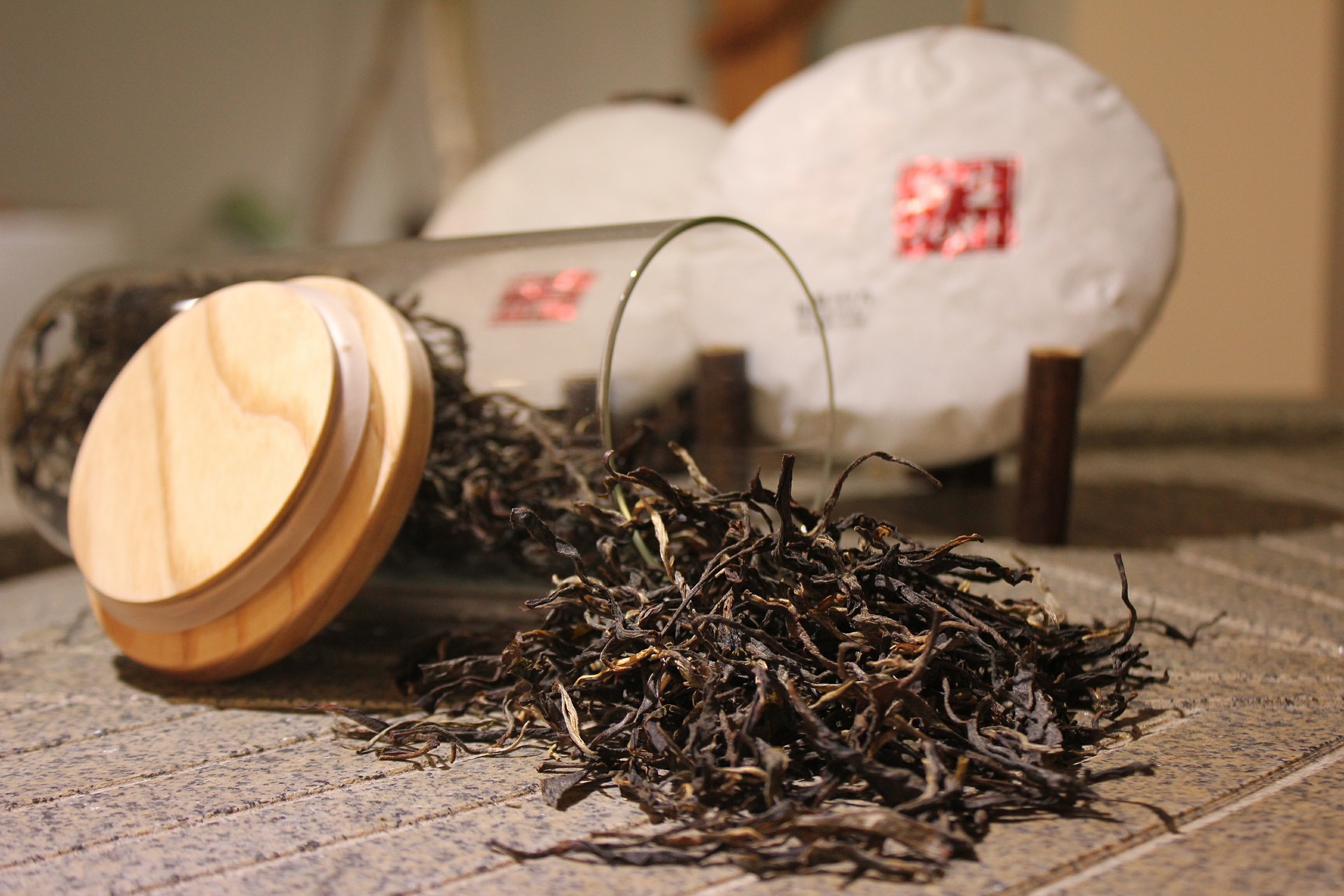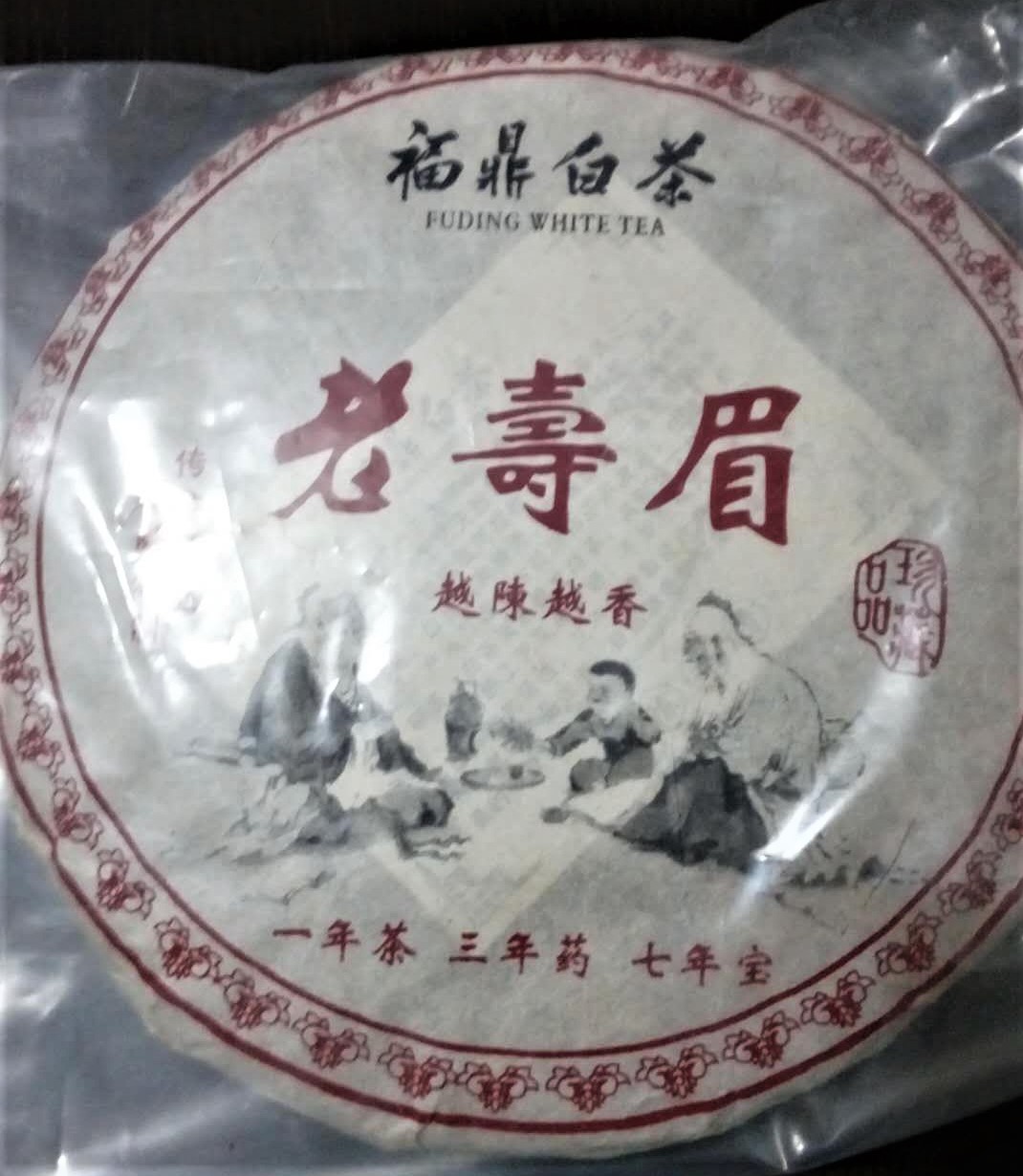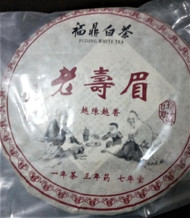New Tea vs. Aged Tea
Posted by Selina Law on Jul 2nd 2019
Recently, I have been hearing people buzzing about aged teas in China. Most often when people mention aged tea they are talking about pu-erh tea, but actually there is an interesting selection of aged teas beyond pu-erh. Tea farmers in China have been aging black tea, oolong and white tea as well. Even high quality green teas can be aged, although this is the least common type of aged tea.

So, what exactly is aged tea? Tea that is manufactured in a new season of each year is considered ‘new’ tea for a short time. New tea that has been kept in storage for several months to a year or more to become richer and deeper in flavor and character is considered ‘rested’ tea. Rested tea is not the same thing as aged tea.
There are no clear rules as to how old a tea must be to be considered 'aged.' Very often, an aged tea is at least 5 years old, but it can be as old as 20, 30, 40 and more years of age. Aging tea is about realizing the tea’s future potential. The young tea must show signs that it is able to mature and develop into something even more wonderful than what it already is.
Not every tea can age well, and it is important to find a high quality tea for aging. If the tea is not of high quality, then aging will simply cause it to lose flavor and taste bland. This is similar to the evaluation of which young bottles of wine will age best after a decade or so of rest in a wine cellar. As with wine, tea that is of poor quality or that is disappointing in flavor when young will not improve with age.
We must not confuse aged tea with 'old' tea. Old tea is just that – tea that is old, past-its-prime, lifeless, flavorless and not worth drinking. High quality aged tea will not have a stale taste, but rather gains complexity and uniqueness after a few years. Aged oolongs, for example, may lose some of their fruity ‘high note’ aromas as they age, but there will be an increase in flavor depth and complexity, and a fine, smooth finish.
Some teas are meant to be drunk right away when they are fresh and young. New tea from spring, such as most green tea, white, and yellow teas, are best drunk young and fresh. These teas are prized for their fresh, youthful vigor and sweetness or grassy, vegetal astringency.
Some teas are better rested for a month or so before drinking, such as oolong and certain green, white and yellow teas. Still other teas are more highly prized after they have been rested for a year or more. Then there are teas whose value will greatly increase after they have been carefully stored and aged, such as pu-erh and certain oolong teas. Understanding when a tea is best drunk will greatly enhance our tea drinking pleasure.

On this aged white tea package writes, "one year tea, three years medicine, seven years gold."

